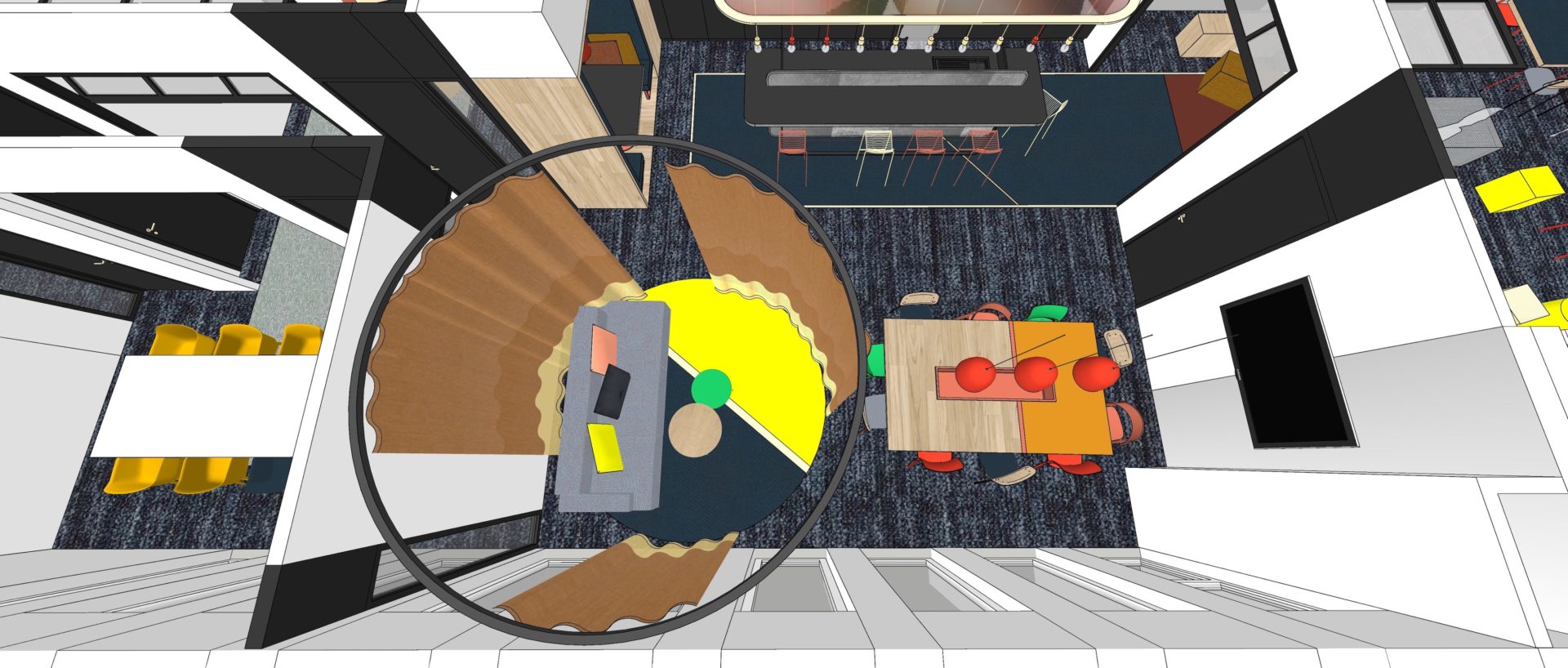Back to the office: 4 lessons learned from covid-19
The pandemic has profoundly disrupted the lives of companies and their employees and has changed the way they work. What are the lessons learned from the covid-19 health crisis and how to best prepare the return to the office? We take stock.
The context of COVID-19 has changed the perception of work in a lasting and profound way. People have learned a lot during the pandemic, which suggests that the post-COVID period will be very different. What will it be like when people return to the office?
The social distancing measures, the constant hand disinfection and all the other sanitary measures have created, for some, an anxiety-provoking climate. During the recovery, companies are invited to accompany their employees, to listen to them. Everyone has experienced the crisis in their own way. The needs and expectations are therefore different. To prepare for a "safe" return to the office, a reassuring context could be put in place, both physically, hygienically and mentally. A context that will reassure all types of profiles, not just the most anxious.
So, what are the lessons learned from COVID -19? And how can we best organize the recovery? OOO shares 4 key takeaways from COVID-19 we believe can inspire companies, and help them to best prepare the return to the office. Here is our advice.
1. Efficiency
With COVID-19 and the widespread use of telecommuting, the notion of efficiency has been rethought. People have realized that working from home can have a positive impact on their productivity and well-being. Some studies have confirmed this. An IESE study shows that teleworking two to three days a week increases productivity by almost 20% and the quality of work by 18%.
TIP: to better supervise their teams while reinforcing the efficiency of each one, managers are invited to embrace dialogue. To make sure that teleworking is a personal choice that brings more satisfaction and performance, and not a constraint.

2. The Workplace
Forced telecommuting and confinement do not make all employees or companies happy. Some people break down and can't wait to get back to work in the office. The pandemic has reminded employees of the importance of the physical workplace, where you meet colleagues in the hallways or over coffee in an informal setting. A place that feels good, that fosters interaction and increases collaboration and productivity. More than ever, people need to feel comfortable in more authentic and cohesive corporate offices that reflect the company's values.
TIP: to provide employees with authentic offices that are adapted to new expectations, leaders are invited to rethink the design style and functionalities of tomorrow's office in accordance with the visions, values, strategies and workstyle they wish to implement and convey.
3. Connection with colleagues
Digital technology cannot replace non-verbal communication and direct contact with colleagues. In the recovery, the organization of face-to-face work can be guided towards one goal: making the office a space for meetings, collaboration and creativity. When some employees travel to the office, perhaps they will do so to connect. Employees need to see each other, to exchange, to share, to connect with the team to keep the cohesion. During these face-to-face days, Microsoft Teams and Zoom can be put aside to favor direct contact.
TIP: to encourage interaction, take advantage of the face-to-face meeting to turn off the digital tools. Instead of spending most of the time in online meetings, the office becomes a place for connections and exchanges.
4. Hybrid work
Hybrid work is also one of the learnings of COVID-19. In the past, employees came to the office because they had to. Tomorrow, they will come because they choose to. Hybrid work is a work model that combines two ways of working: face-to-face and remote work. Employees have become aware of their power of adaptability and flexibility. Hybrid work gives them the freedom to choose where and when to give their best.
TIP: to implement hybrid work in the company, managers are encouraged to establish new rituals and to question their management style. For a successful transition to hybrid work, new workspaces can be designed to allow more collaboration, connection and co-creation.
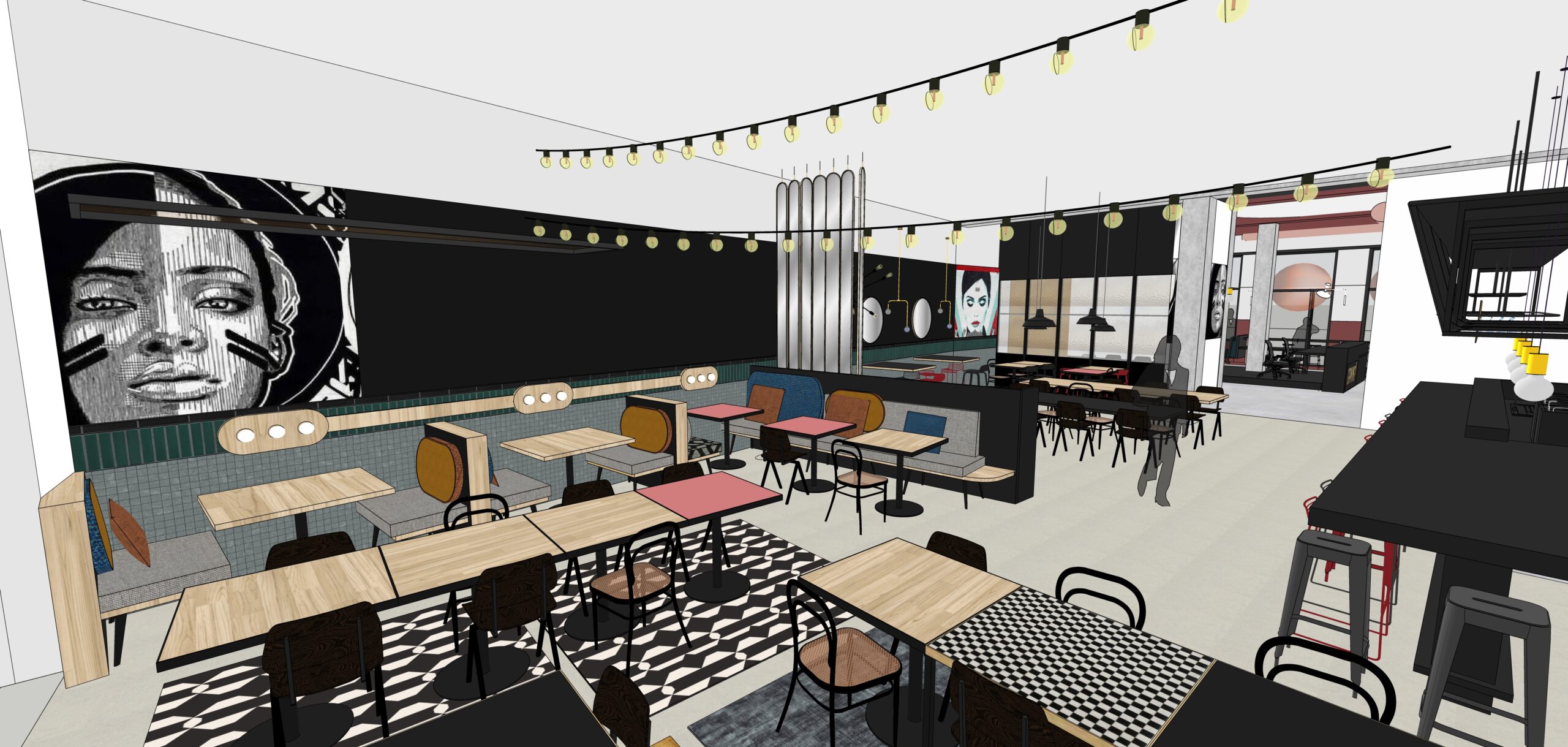
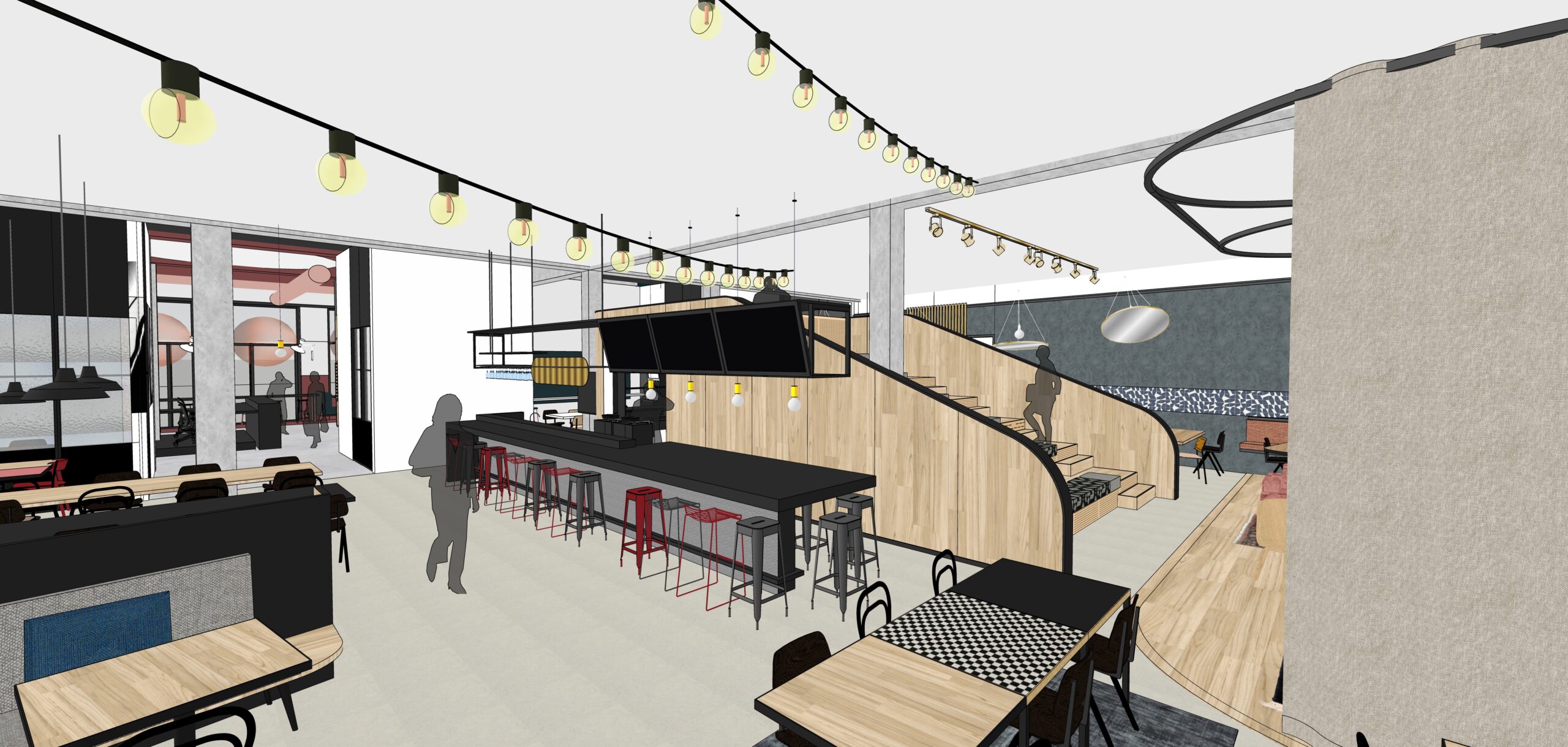
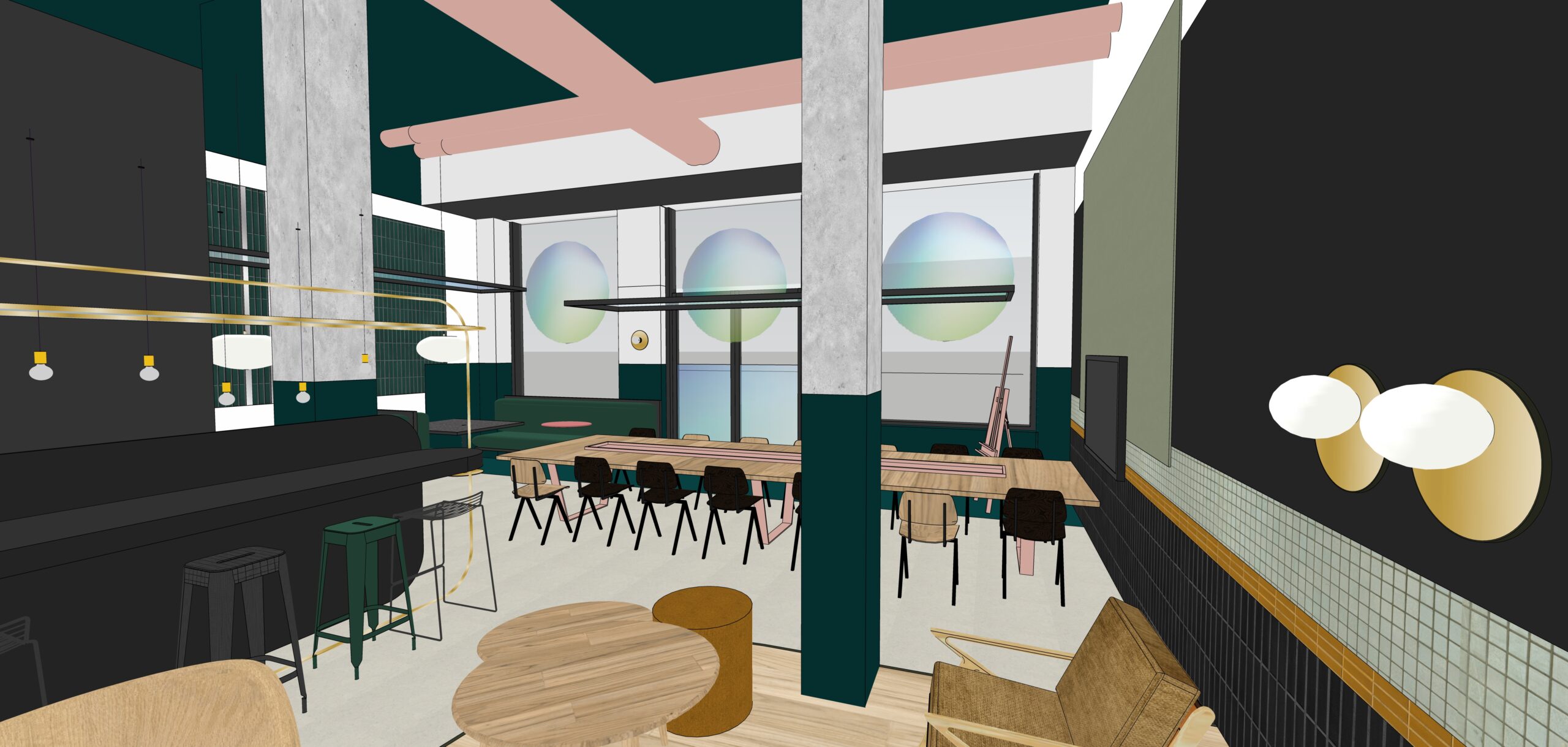
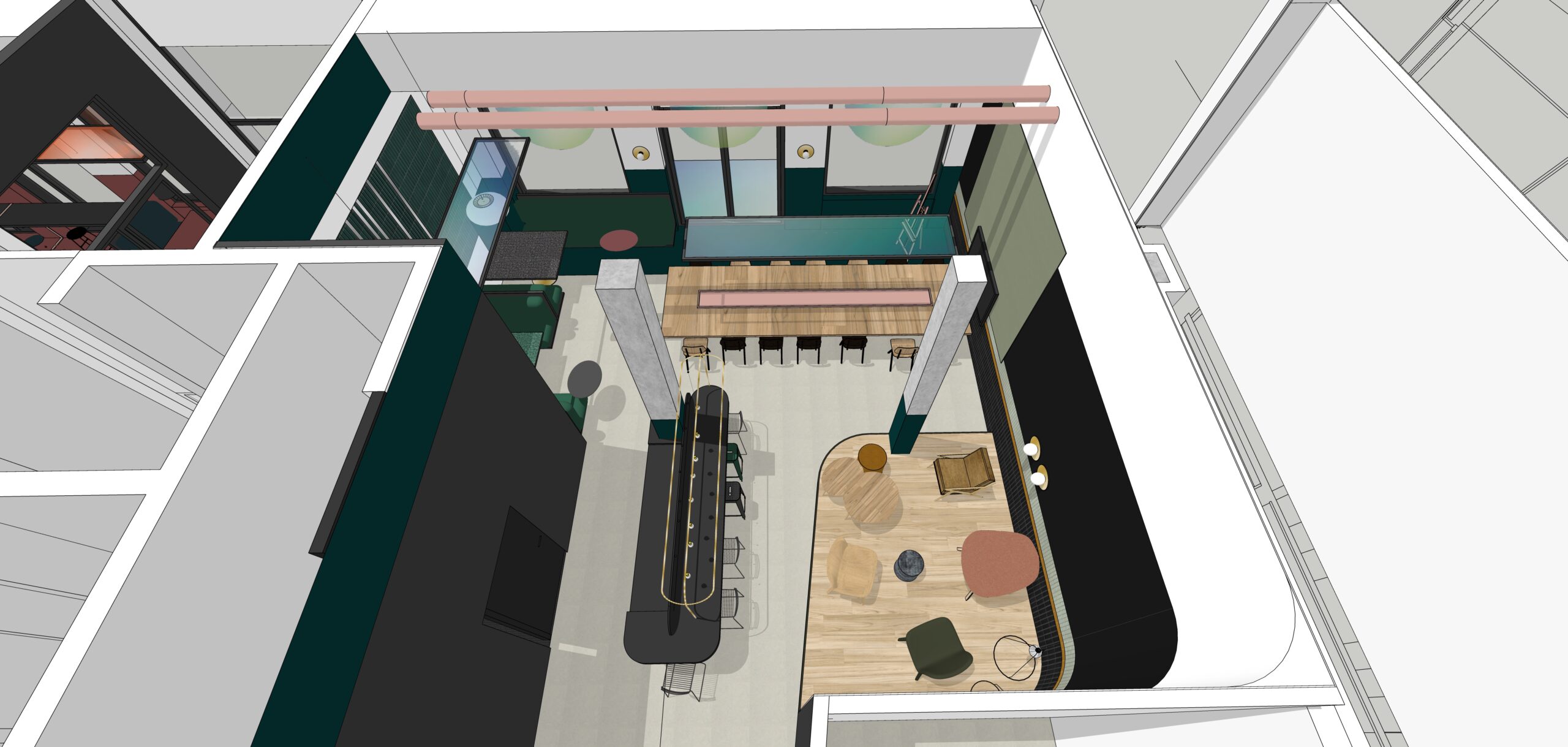
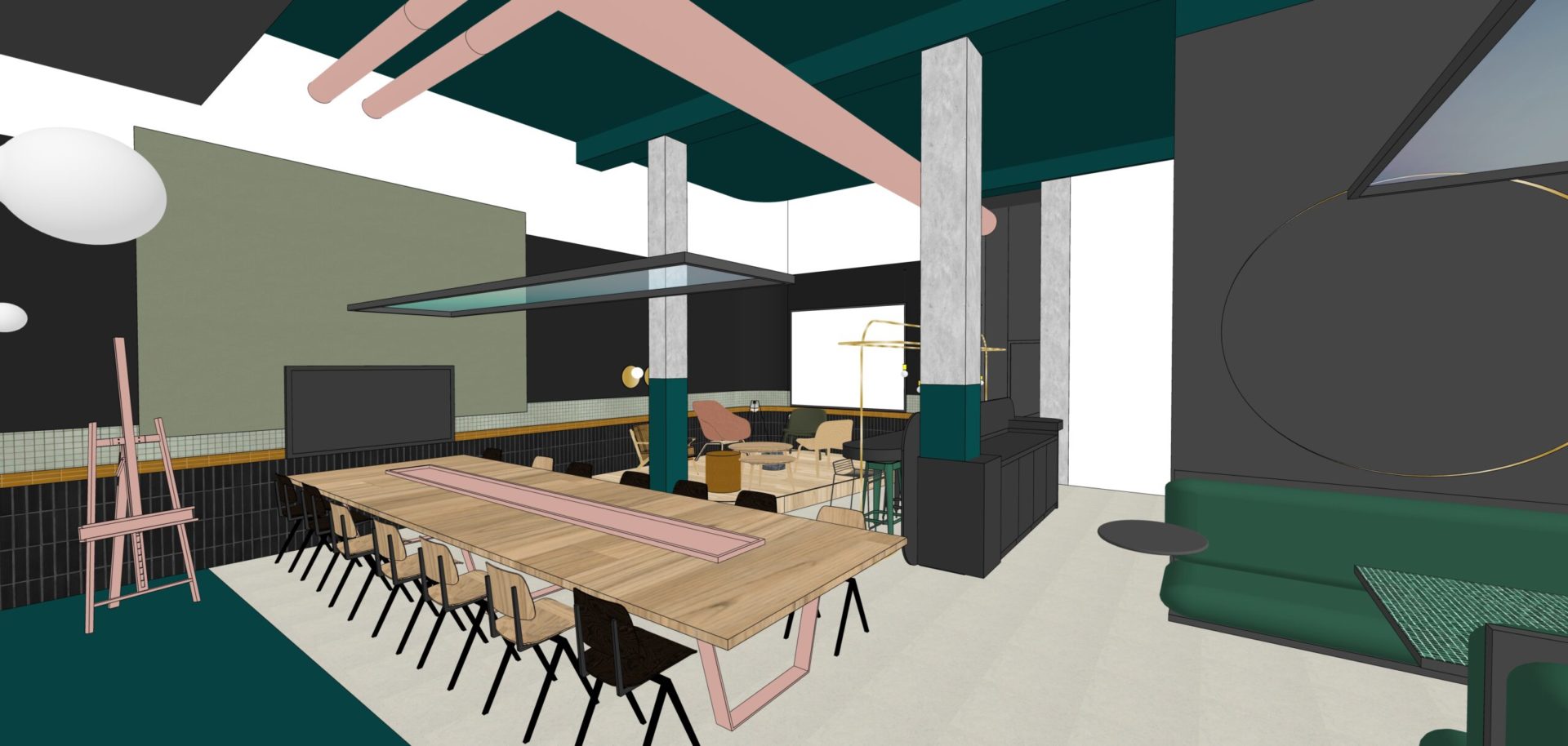
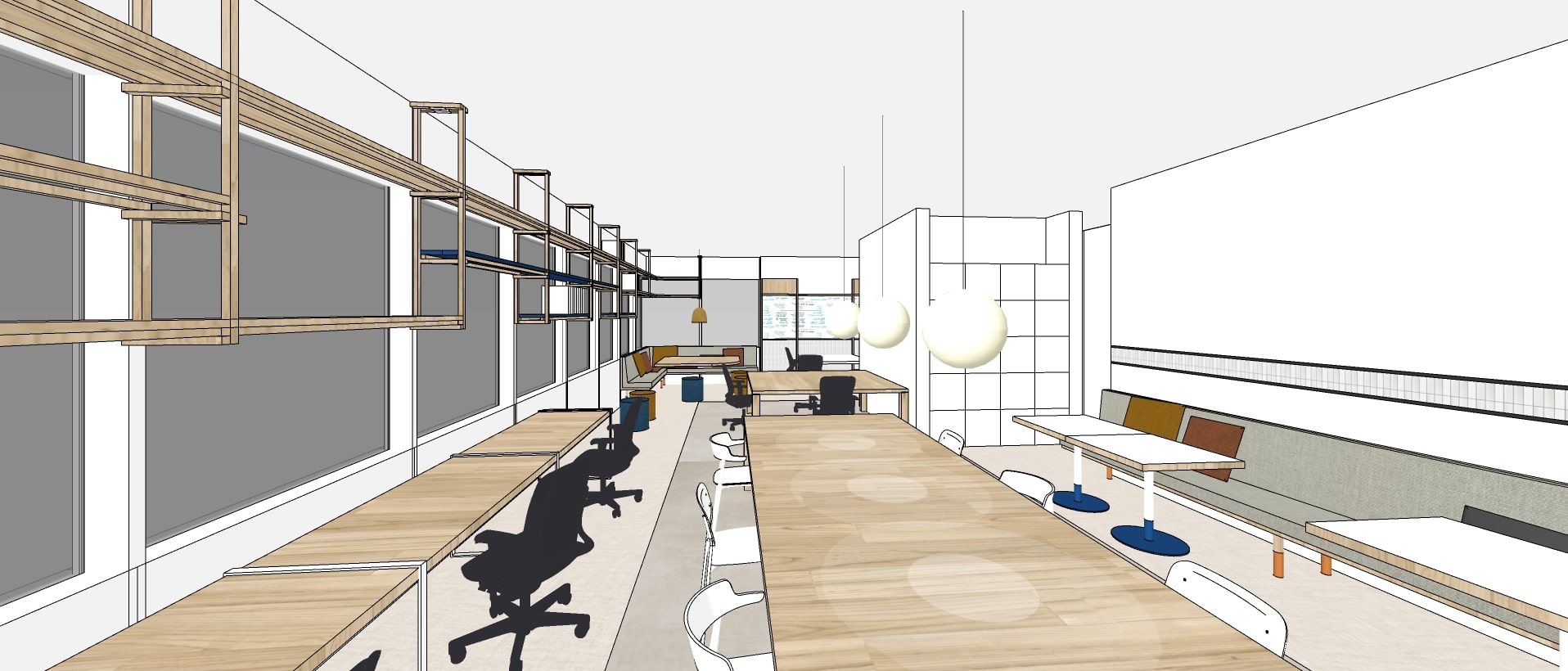

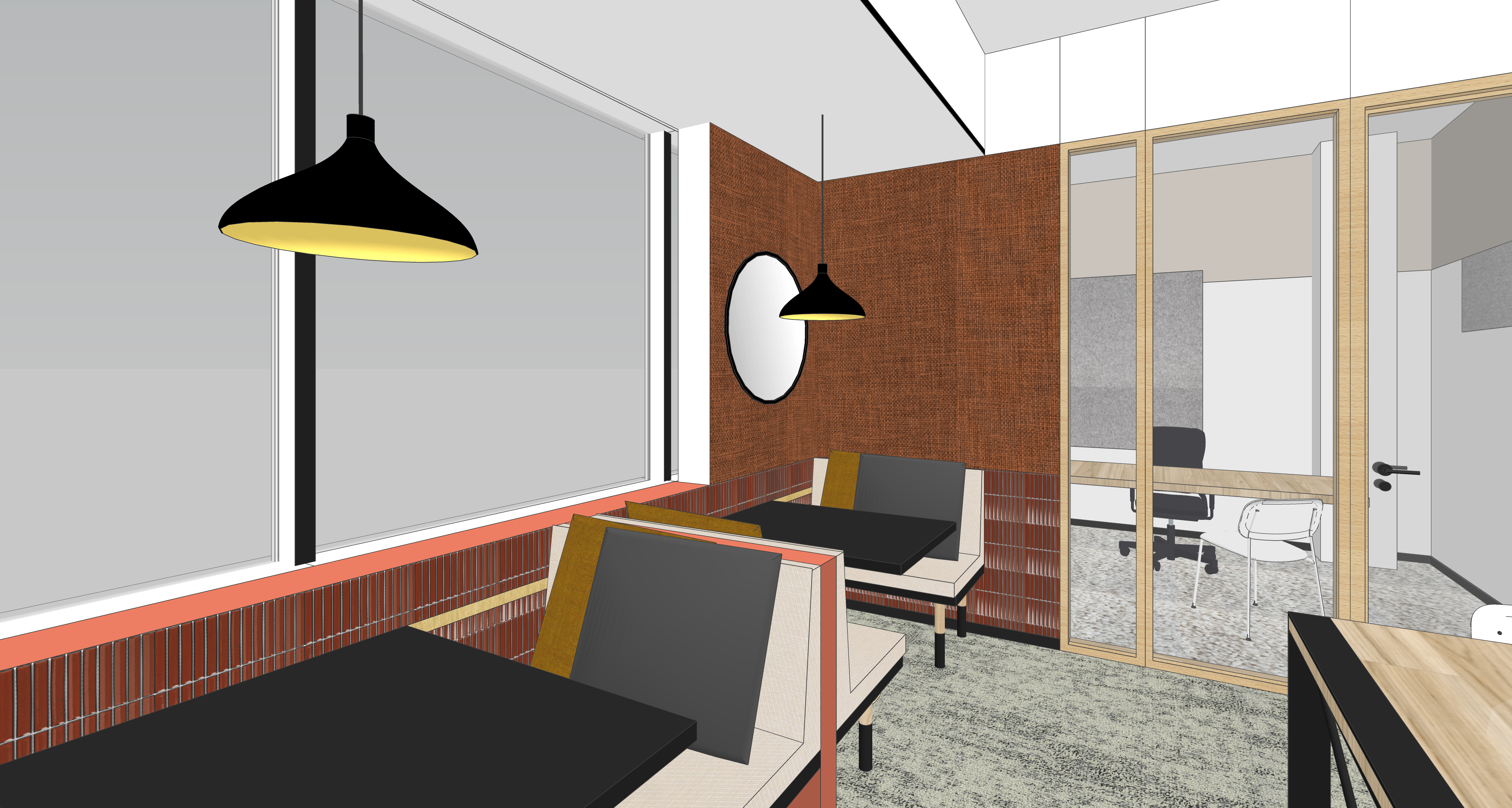
Final thought
The health crisis has brought lasting changes to the way we work. Efficiency has been brought back into focus, as has the need for connection and the importance of the workplace. In the post-COVID era, the enterprise will need to adapt.
Leaders are being asked not to start over with the same old thing, but to make themselves more resilient and accountable. They need to put people back at the center of their concerns and accept that not everyone will experience the pandemic in the same way. A perfect opportunity for companies to reflect on their operations, the use of their offices, mobility and their managerial practices.
Dedicated to change management and layout design, OOO is definitely changing the way companies work. OOO's goal is to make a significant contribution to the co-creation of environments where people and organizations can thrive, where purpose, human-centered approaches and authenticity are essential. Want to know more about our services? Contact us!
Share on

